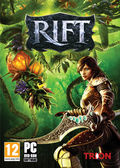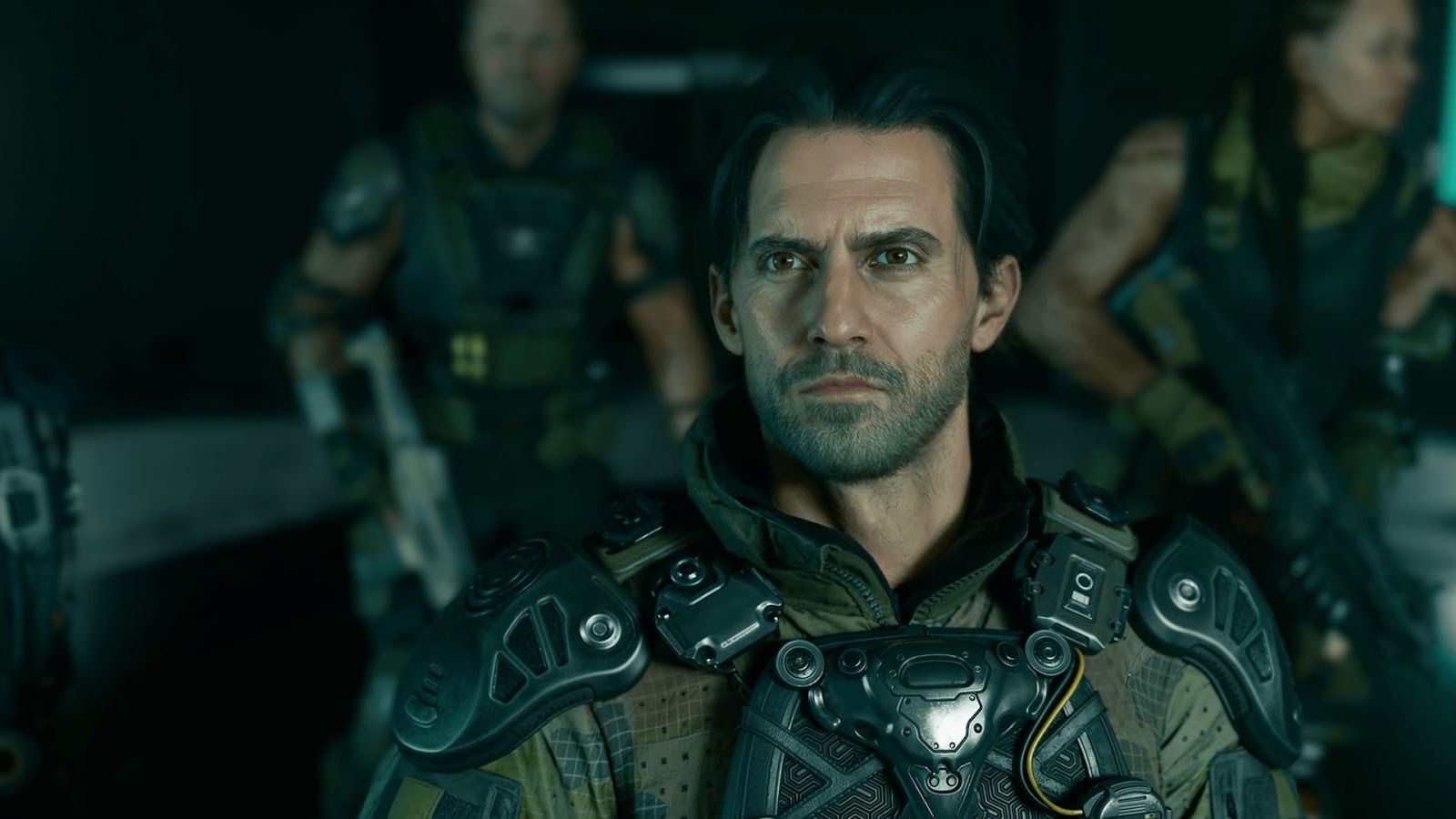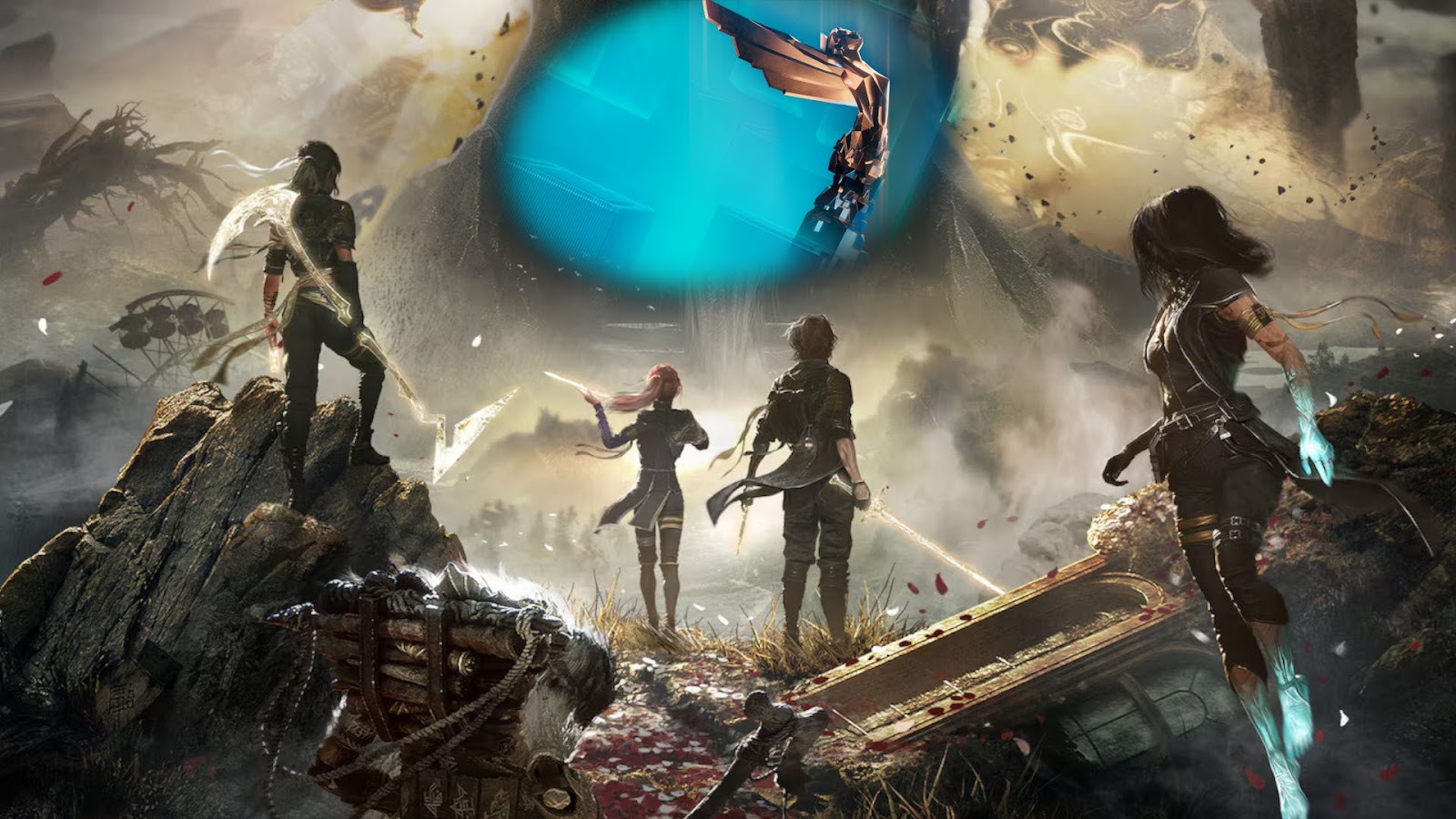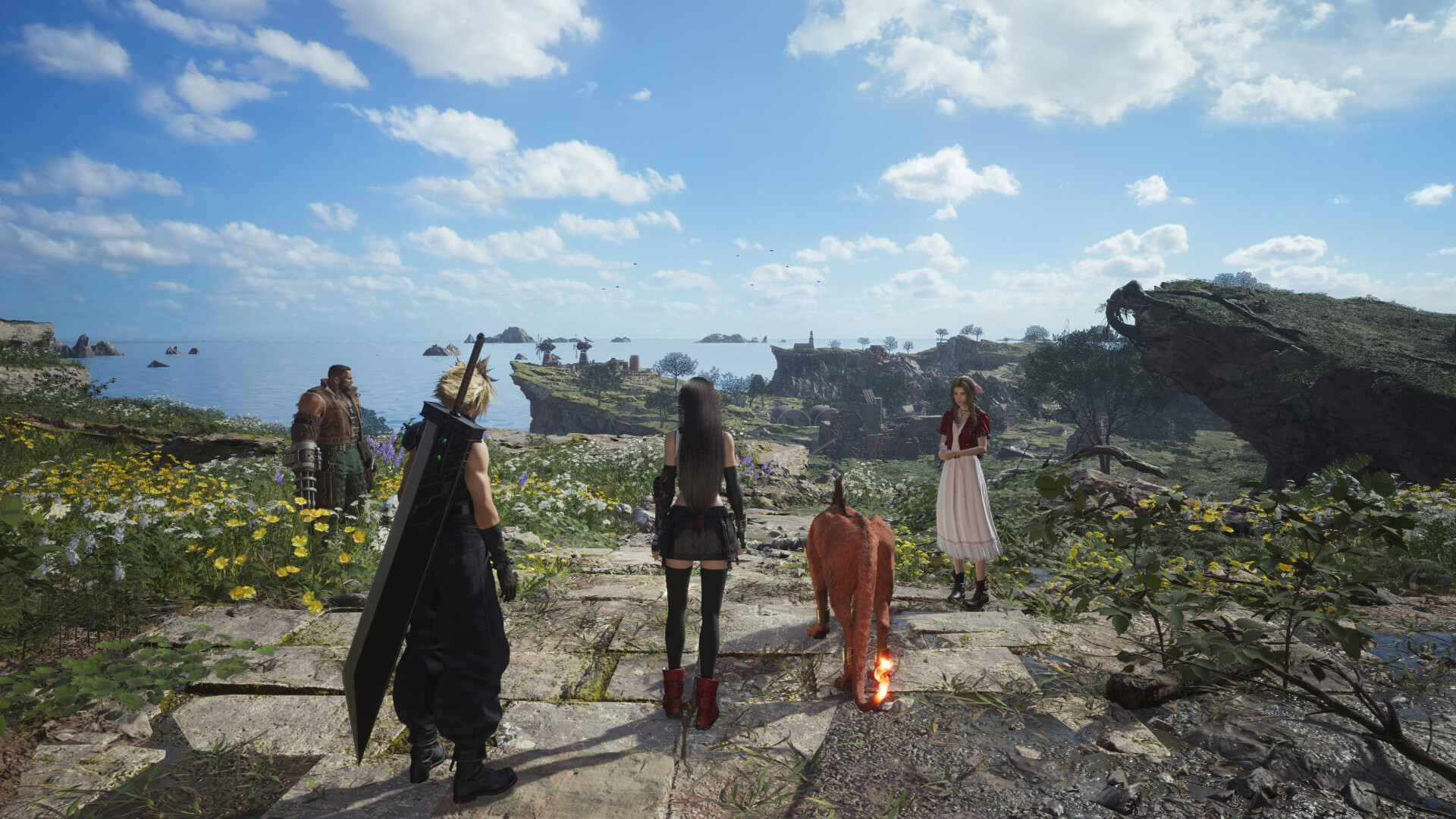You can trust VideoGamer. Our team of gaming experts spend hours testing and reviewing the latest games, to ensure you're reading the most comprehensive guide possible. Rest assured, all imagery and advice is unique and original. Check out how we test and review games here
On February 24th, 2011, in the early afternoon Scott Hartsman posted a message to his Twitter that read: “Ladies and gentleman, welcome to Rift”.
Hartsman is the high muckety-muck of Trion Redwood City Studio. He’s an MMORPG veteran who’s had his hands in both EverQuest and EverQuest II, and has been working alongside the Rift development team as chief creative officer and general manager.
The studio released Rift to the public just a few days later. But whether anyone actually cared that a new MMO was launching was its own issue. Rift’s dynamic content lead Will Cook told me that no, they didn’t. “Nobody cared,” he says.
“We were a new publisher with a strange name, kind of like a software company. I guess I wasn’t hired on early enough to know the reasons for the name but… we were making a game that did not shy away from its similarities to World of Warcraft. We did not want to fix anything that wasn’t broke. So it was a challenge, we had to sell things.
“Last E3 we were selling to all the press. It was difficult, you had to work. You had to work that show. Nobody knew us, nobody really cared. And MMOs at E3, well, there’s not a whole lot of MMOs.”
Even with no new World of Warcraft expansion in sight since last year’s Cataclysm (Blizzard seem to be holding to an 18-month cycle for shipping expansions) this is still very much a post-WoW market. Blizzard’s big one is the primary barrier-to-entry for up and coming MMOs, and the prevailing sense is that new IP is doomed before it’s even out the door.
Six-weeks into the release of last year’s GTA-like MMO All Points Bulletin, Realtime Worlds went into administration and the game collapsed shortly after. Square Enix’s Final Fantasy XIV failed critically on almost every front and is currently sitting on a Metacritic rating of 49.
And there’s Warhammer Online, too. Cook worked on Warhammer prior to Rift. He says back when it was released in 2008 it only took until it hit the three-month mark before the game was instantly “squashed” by WoW’s second expansion, Wrath of the Lich King. At the time Lich King garnered the title Fastest Ever Selling PC Game – a title it lost only to the following expansion two years later.
Like World of Warcraft, Warhammer Online had a loyal following that included the old hands who had stuck by the franchise since back in its tabletop days.
Rift, on the other hand, is a new IP that doesn’t have the support of a name, an established license, a nostalgic fanbase, or a recognisable universe, but three months into its release and it’s already rumoured to be siphoning off WoW’s gargantuan subscriber-base for itself.
That rumour comes out of the mouth of Trion’s own David Reid, VP of publishing, who recently linked WoW’s dip from 12 to 11.4 million subs to Rift’s recent milestone of 1 million active subscriptions.
To this, Cook says: “I know we’d love to take credit for it”.
“It’s almost shameful that this giant launch window that we have, nobody is releasing anything and I bet Guild Wars and Star Wars will be hard-pressed to release this year. So was it us or did the giant just start getting old? It’s always been a bit of both. I mean even [EverQuest II] shut down because of all the Sony nonsense.”
The same story goes for EverQuest II’s predecessor. Prior to both EverQuest 2 and WoW, EverQuest was thought to have already reached the entire market of potential MMO players. By 2003 EQ was reportedly sitting on an international subscriber-base of over 450k. WoW had 2 million in Europe alone in 2008.
World of Warcraft has always been the primary target for Trion. Rift’s finger-in-the-eye marketing campaign targeted World of Warcraft and its clones outright when it was initially being advertised. “We’re not in Azeroth anymore” was the marketing spiel created to distance one MMO from the other, although Cook maintains it’s not necessary to focus on attacking Blizzard’s game for an MMO to succeed, as Blizzard is currently doing it for them.
“I don’t think you necessarily need to go for WoW’s jugular. Especially these days. Because, this is me as a player speaking, it seems like WoW is these days… not lacklustre… but it feels like everybody was worried Cataclysm was going to change too much,” he says.
“The feeling I got was that it didn’t change enough. It is the samey kind of thing. It’s phenomenal, the phasing is great, it’s essentially the same game it was six years ago in a lot of ways. But it’s not different enough and most people I know are sort of fading from it.”
In practice Rift itself has never gone particularly against the grain, either. Rift is by all accounts a traditional MMO – a fact that was addressed in the developer’s post-mortem this month. It’s adapted the same concept of dynamic public events from Warhammer – large-scale public quests, essentially, that often involve taking down major bosses – and it shares many features that WoW standardised, as well as EverQuest before it.
The argument has been that too much innovation pushes the audience away. The barrier-to-entry Blizzard created isn’t just based on MMO economics or an impossible subscriber-base expectation, but on how it has tweaked the palate of MMO players and their understanding of what an MMO should offer.
Rift’s dynamic content system helped the game stand out in the MMO market, for instance, but players initially struggled to work it all out.
The eponymous rifts themselves were massive trans-dimensional tears that would randomly show up throughout zones and leak out enemies. These are open to the playing public to seal back up, and if not, then enemies from the rift will continue attacking or migrate through the zone in groups. Part of making this an understandable concept was by making the rifts highly visual events – areas directly under these tears are dark, teeming with bad guys and giant tentacles. This helped point out dynamic content from the static stuff – the giant public events from the regular quest objectives.
Changes to the formula required technical experiments too. Cook explains that the studio “wanted to see, how far could we actually push this whole ‘thousands of people in one place [idea].”
He’s talking about the River of Souls event. This was Rift’s first large-scale open battle that had numerous bosses cropping up across each server as part of the game’s first major update a month after its launch. Unfortunately, River of Souls was touch and go thanks to technical woes.
“I think what we learned was that our tech is getting better all the time but it wasn’t quite there yet,” says Cook.
“We were humbled by the sheer magnitude of the number of players that could be put in one spot. But that was just a technical limitation, some of which we’ve conquered actually already, that’s why we’re doing another world event. But the big thing was not so much tech inconsistencies; it was the speed of it.
“We wanted to change the pacing. So if you wanted to play it you’d get the chance with every phase this time. You’re not going to have to worry about missing anything and we even made sure the vignettes were repeatable. And I’m already working on the next world event and we’re changing up how we tell the story, how people can reference earlier phases, the information of earlier phases.”
Their new public event is being released in the latest patch, 1.3, out yesterday. The Waves of Madness event is a five-stage event leading up to the opening of the new raid instance Hammerknell Fortress.
“We have this backbone of questing structure,” Cook explains. “We’re telling stories in a different way, we get to tell them with our live updates. So our world events are telling stories that pick up where the stories in the zones leave off. Hammerknell’s a great case of this, where you can get a lot of context from playing the Moonshade story but even if you just jump in there’s a storyline for you to play live.
“We’re still figuring out how we might like to try to make a library where these things can be played after the fact for people who don’t get to play them live. But for now they’re just these marvellous things that you can jump on and play when they’re happening.”
As of this week BioWare’s upcoming MMO Star Wars: The Old Republic is rumoured for a September 9 release, and we’ll see if that actually happens. WoW isn’t likely to have another expansion any time soon, but it’s inevitable at some point. Despite it being quiet on the MMO front at the moment, an onslaught of games is just on the horizon. Neverwinter, a new entry in the Neverwinter Nights series, is slated for a late winter release; Guild Wars 2 is similarly pegged to come out late this year.
The success of Rift is thanks in part to its spectacular, possibly accidental timing – whether it continues to steadily rise in subscribers once other studios bring out their big guns still isn’t clear. What it has done, however, is represent one of the first games to directly attack World of Warcraft. At a time when young MMOs are still trying to chase the millions of subscribers WoW attracted and generally joining the long list of massively multiplayer failures, Rift has cultivated an image as the David to Blizzard’s Golliath in just three months.
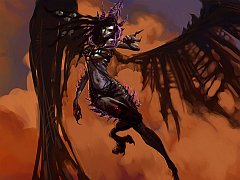
/https://oimg.videogamer.com/images/298d/rift_102.jpg)
/https://oimg.videogamer.com/images/f315/rift_105.jpg)
/https://oimg.videogamer.com/images/1f44/rift_98.jpg)
/https://oimg.videogamer.com/images/02a6/rift_104.jpg)
/https://oimg.videogamer.com/images/ff9f/rift_106.jpg)
/https://oimg.videogamer.com/images/3222/rift_94.jpg)
/https://oimg.videogamer.com/images/6141/rift_97.jpg)
